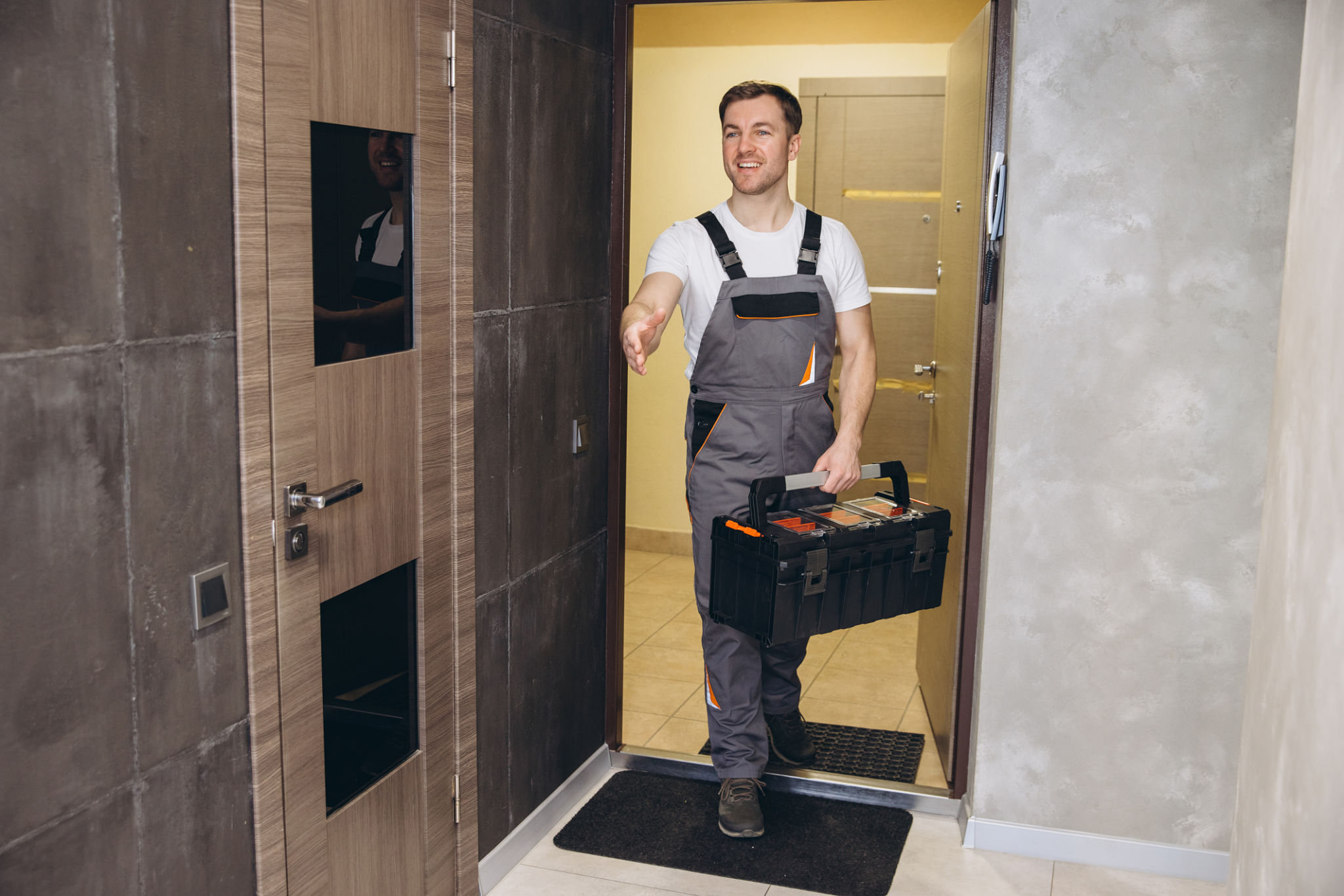Understanding CCTV Systems: A Comprehensive Guide for Ohio Residents
Introduction to CCTV Systems
Closed-circuit television (CCTV) systems have become an integral part of security measures in Ohio. Whether for residential or commercial purposes, understanding how these systems work can significantly enhance your security strategy. In this guide, we will explore the components, benefits, and considerations for choosing the right CCTV system for your needs.

Components of a CCTV System
A typical CCTV system comprises several key components. These include cameras, a recording device, monitors, and cabling or wireless connections. Each component plays a crucial role in ensuring the system functions effectively. Cameras capture video footage, which is then transmitted to the recording device. Monitors display the footage, allowing for real-time surveillance, while cabling or wireless technology facilitates data transfer between components.
Cameras
Cameras are the eyes of a CCTV system. They come in various types, including dome, bullet, and PTZ (pan-tilt-zoom) cameras. The choice of camera depends on specific needs such as coverage area, indoor or outdoor use, and lighting conditions. For instance, PTZ cameras offer flexibility with their ability to pan and zoom, making them ideal for large areas.

Recording Devices
Recording devices store the footage captured by cameras. Digital video recorders (DVRs) and network video recorders (NVRs) are the two main types. DVRs are typically used with analog cameras, while NVRs are compatible with IP cameras. The choice between them depends on existing infrastructure and desired resolution quality.
Benefits of CCTV Systems
Implementing a CCTV system offers numerous benefits. One of the most significant is deterrence. Visible cameras can deter potential intruders or criminals from targeting your property. Additionally, CCTV footage can provide valuable evidence in investigating incidents, aiding law enforcement and insurance claims.

Remote Monitoring
Modern CCTV systems offer remote monitoring capabilities. This feature allows users to access live footage from anywhere via smartphones or computers. It provides peace of mind, especially for homeowners and business owners who travel frequently or manage multiple locations.
Choosing the Right System
Selecting the appropriate CCTV system requires consideration of several factors. These include budget, coverage area, installation complexity, and future scalability. It's essential to assess your specific needs and consult with professionals to ensure you choose a system that aligns with your security objectives.
Professional Installation vs. DIY
While some may opt for DIY installation to save costs, professional installation ensures optimal camera placement and system integration. Professionals can also provide valuable advice on system maintenance and upgrades.

Conclusion
CCTV systems are a vital component of modern security strategies. By understanding the different elements and benefits of these systems, Ohio residents can make informed decisions to enhance their property's security. Whether for personal or business use, a well-chosen CCTV system offers peace of mind and protection in today's dynamic world.
